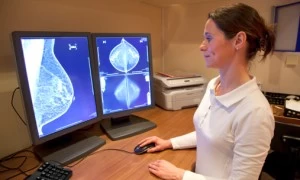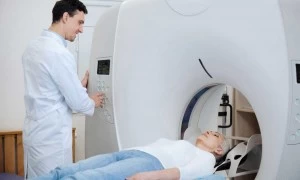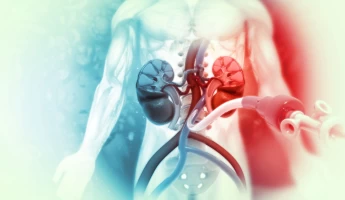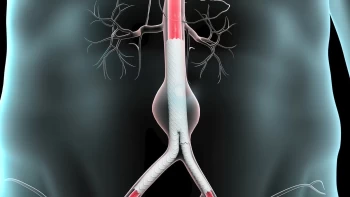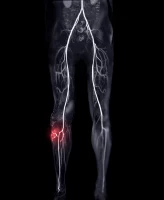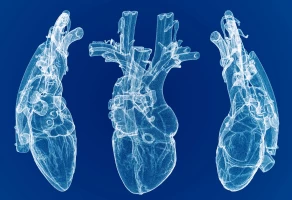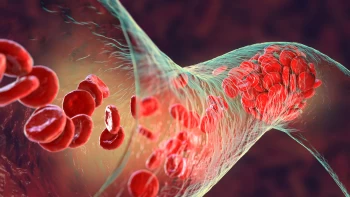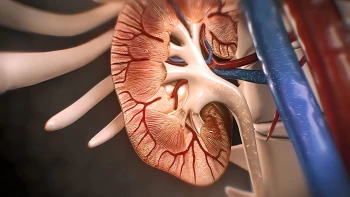Vascular Care & Endovascular Surgery
What is Endovascular Surgery?
Vascular and interventional radiology uses image guidance to perform a variety of minimally invasive vascular procedures to treat a wide range of diseases. Procedures are performed using ultrasound, fluoroscopy or x-ray, and CT scanning for guidance. Endovascular surgery is an innovative, less invasive procedure used to treat problems affecting the blood vessels, such as an aneurysm, which is a swelling or "ballooning" of the blood vessel. The surgery involves making a small incision near each hip to access the blood vessels. Instead of large incisions required for some open surgeries, these interventional and endovascular procedures are performed through small incisions, allowing catheters, needles, and other devices to be guided through the blood vessels to the treatment site. Doing so minimizes the risk of a procedure while reducing pain, and recovery time.
What Conditions Does Endovascular Surgery Treat?
Midwest Radiology Vascular and Interventional Radiologists use various technologies and imaging techniques to treat a variety of conditions throughout the body, including:
- Conditions affecting the aorta, such as aneurysms or dissection
- Cardiovascular diseases such as atherosclerosis, the buildup of cholesterol and other fats (plaque) inside artery walls that causes narrowed or blocked arteries
- Carotid artery disease, or narrowing or blockage of the arteries sending blood to the brain
- Chronic venous insufficiency, or damaged valves and/or weakened veins
- Critical limb ischemia, or narrowing or blockage of arteries sending blood to the arms or legs
- Deep vein thrombosis (DVT), or blood clots that develop in large, deep veins, usually in the legs
- Peripheral vascular disease, or complication of diabetes caused by atherosclerosis in arteries that carry blood to the legs
- Pulmonary embolism, or blood clots that develop in the leg or arm arteries and travel to the lungs
- Renal vascular disease, such as narrowing or blockage in arteries and veins of the kidneys
- Tumors, both cancerous and noncancerous
- Varicose veins, or visibly enlarged, bulging veins, typically in the legs
- Vascular malformations, or clusters of abnormal, enlarged arteries, veins, or lymph vessels
Common Endovascular Techniques
Treatments for vascular disease vary based on the severity and the type. Endovascular procedures are not as invasive as other procedures and are much more innovative. The following procedures are common for our Vascular and Interventional radiologists to perform.
- Ablation - Use of intense heat to seal off varicose veins
- Balloon angioplasty and stenting - Inflation of a tiny balloon at the end of the catheter to open narrowed or blocked arteries, often with a stent that is implanted to keep the artery open
- Blood clot procedures - Removal of a large blood clot or injection of medications that dissolve the clot
- Embolization - Use of medications or synthetic substances to block blood flow to a small, specific area to treat aneurysms, vascular malformations, or cancerous or noncancerous tumors
- Exclusion - Repair of an aneurysm by blocking off the weakened section of artery and rerouting blood flow
- Vena cava filter placement - Implantation of a filter in the vena cava, the body’s largest vein, to prevent blood clots from getting into the lungs







































